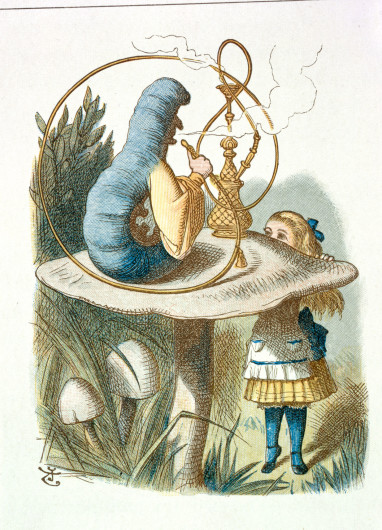
Happy Birthday Alice!

Illustration by Sir John Tenniel
In 1975 I saw a remarkable piece of improvisational theatre at The University of Chicago. It was “Alice in Wonderland, as brought to life by André Gregory and The Manhattan Project. Gregory’s methodology was simply to allow an ensemble of six actors to explore the text and find the meaning of the piece on their own. Gregory would remain silent for hours during this process. The actors were able to create a wonderland and become both the characters and the world they inhabited –the hole, the falling, the caterpillar, the mad hatter, the Queens. They even found a way to shrink and expand their bodies. They did all of this through voice and body, with wonderful padded costumes, and body movements that were both acrobatic and athletic. They made us all love Alice and her curious friends.
When I opened the New York Times on Friday, June 26, 2015, the headline “A Girl Keeps Growing” caught my eye. The article focused on a display of the original “Alice in Wonderland” manuscript at the Morgan Library and Museum. The occasion was the 150th birthday of Alice. Wow! It is almost unbelievable that Alice is that old and still so young and magical! There are so many ways to interpret Alice in Wonderland. If you Google it, you will find hundreds. G.K. Chesterton had this to say: “The chief virtue of “Alice’s Adventures in Wonderland” was Lewis Carroll’s celebration of flux, an escape into a world where things are not fixed horribly in eternal appropriateness, where apples grow on pear trees, and any odd man you meet may have three legs.” Is it this flux, and malleability enchants us even today?
I am most drawn to a Jungian interpretation which equates Alice’s “going down the hole” with falling into the collective unconscious . Originally “Alice” was to be called “Alice’s Adventures Underground.” Alice finds herself underground on a kind of “queer- day.” Nothing is ordinary and nothing is normal. She does not know who she is, but her journey will make her into a fully realized person.
Here’s what I think makes Alice so timeless: Alice is every person – a child, but one that is growing. In Alice we are able to see enough of who we are to make her embraceable. She is constantly being manipulated – the potions make her larger and also make her smaller. She is not sure what “exact size” she is, but eventually she is whole. Isn’t that how we feel a lot of the time? The feeling is strange and complicated but somehow familiar.
I also think we recognize many of the other characters, including the caterpillar, the mad hatter, the Red and White Queens and the Cheshire Cat. One doesn’t have to look hard to find themes of baptism (the pool of tears), transformation, death, the fear of exploring what is down under, and our wish to preserve literal meaning (“off with their heads”) and, of course, madness. We love the Cheshire Cat because his smug grin suggests that this journey into the self will uncover a secret meaning and lead to some kind of transformation.
We have barely journeyed below the surface of this wonderful classic. Plan a trip to the Morgan Library and Museum. Read the book again. Virginia Woolf posed a very good question when she said, in her review of the Nonesuch Lewis Carroll, “We wake to find – is it the Rev. C. L. Dodgson? (Lewis Carroll the Deacon?) Is it Lewis Carroll (the writer)? Or is it both combined?” This much I know: it is Lewis Carroll the part-child and part-adult that is able to charm and humor us 150 years later. Lewis has the last “enigmatic grin.”
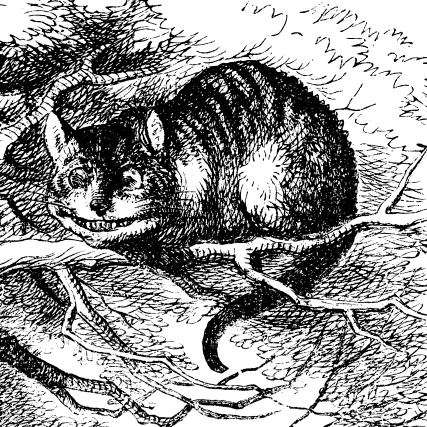
Illustrations by Sir John Tenniel
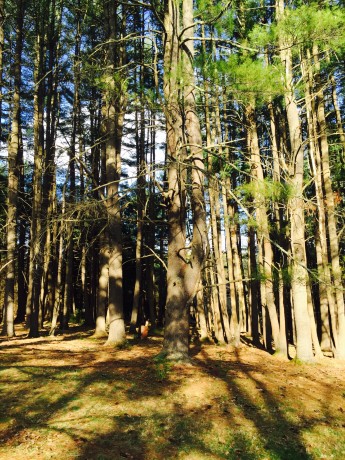

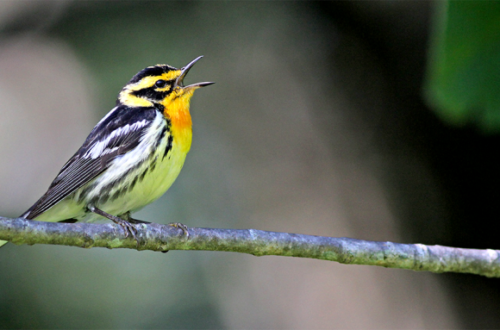
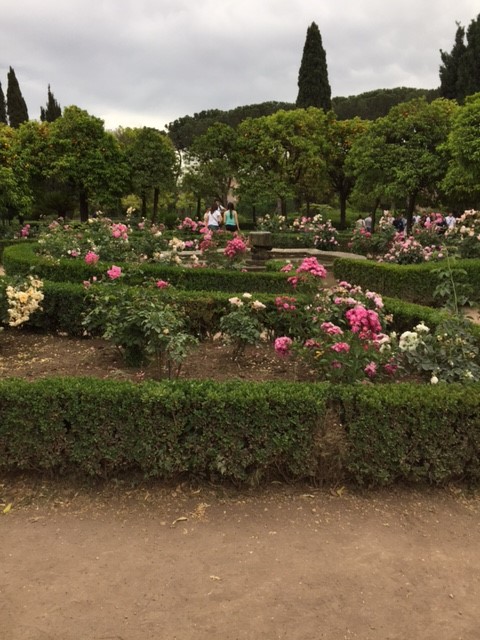

One Comment
Sally hamilton
Thanks for this great reminder of how much there is to find in Alice. great insights and wonderful images!